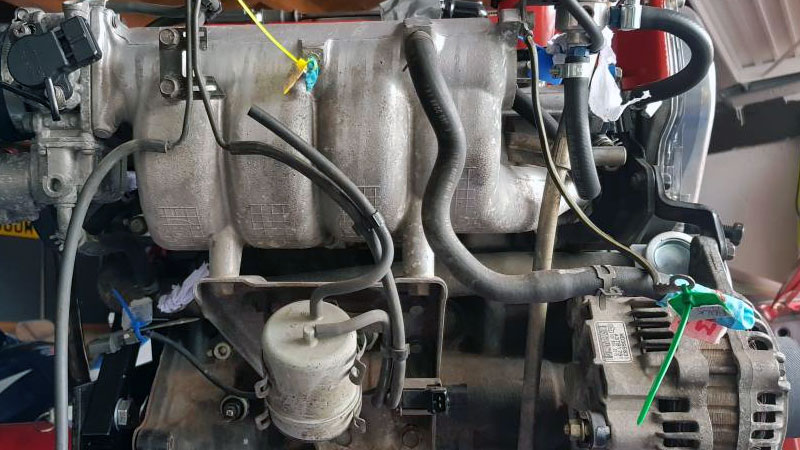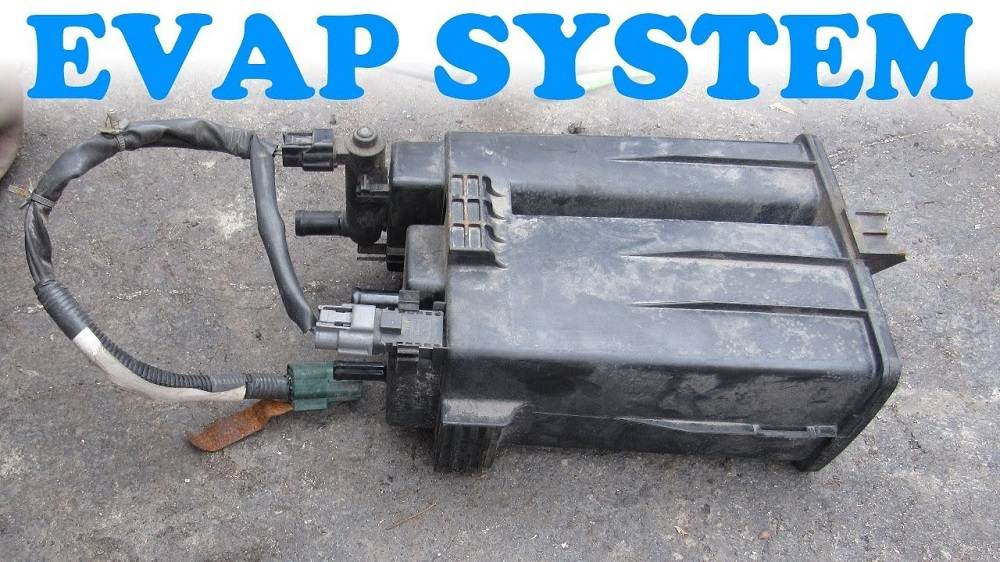The fuel evaporation causes several health and environmental issues as it mixes with the atmosphere. However, the Evaporative Emission Control System (EVAP) works to resolve this problem. In this EVAP system, the canister purge valve is a crucial part and a faulty purge solenoid can cause severe problems to the car. So, you should know about the way to detect a bad canister purge solenoid.
Contents
What Is a Canister Purge Valve Solenoid?
The solenoid is a significant part of the EVAP. The function of the EVAP system is to seal the car’s fuel injection process. Thus, harmful fuel vapors cannot escape to the environment.
A canister purge valve is the emission control component of a vehicle. The engine intake vacuum receives a defined volume of fuel vapor through it.
How Does Vapor Canister Purge Valve Work?
In the latest car models, the engine computer controls the canister purge solenoid. When the car engine is not running, the solenoid remains closed. However, the computer system opens the purge solenoid gradually and continuously when the engine starts.
The gasoline vapor moves to the engine from the charcoal canister. A joining hose connects all the components within this EVAP system. Certain environmental factors like dirt and debris can make the solenoid faulty. A bad valve can cause harm to the whole EVAP system of the car.
You might be wondering about the location of the canister purge valve solenoid. In most modern cars, its location is near the throttle body of the engine. In the cars manufactured between the 1970s and 1980s, it is located on top of the charcoal canister assembly. To find out the canister assembly, look into the corner of the engine bay.

How to Know If a Canister Purge Solenoid Is Faulty
A bad canister purge displays some symptoms, but a few of those can be related to other faulty components. So, before taking a final decision about replacing the solenoid, consult a certified technician.
The Troubled Starting of the Engine
When a solenoid is open, the air gets more space to enter the combustion chamber. As a result, there is an overflow of air in the engine that causes trouble starting. In severe cases, the car engine might fail to start if there is a faulty solenoid.
Inefficient Fuel Performance
When the canister valve stops functioning correctly, the fuel consumption of the vehicle increases. The evaporation of gasoline or diesel fuel is the reason for it. In this case, fuel loss happens even when the car is not burning it.
Rough Idling
Another issue that often happens due to defective purge solenoid is rough idling. A damaged solenoid sometimes creates a vacuum leak. More air enters the combustion chamber and destabilizes the ideal air-to-fuel ratio.
In the older model vehicles, an engine choke might happen when it is idle and it may not even start. In newer car models, the engine computer compensates for the situation by injecting more fuel. Therefore, the exhaust system of the car emits black smoke. In some cases, the engine’s rotation per minute (RPM) gauge will show different values.
Poor Performance
The electronic control unit (ECU) of newer cars will automatically adjust the air-to-fuel ratio. So, the engine will still be running when the solenoid becomes faulty. However, there will be inconsistency in the performance of the accelerator and the overall vehicle.
Alert in Check Engine Light
The purge solenoid directly monitors the motor’s functionality. For this reason, the check engine light on the dashboard will show an alert every time the solenoid fails. Remember that the check engine light can refer to other motor-related issues apart from the faulty purge valve.
SEE MORE
How to Inspect Vapor Canister Purge Valve
You need to go through the process of checking the purge solenoid to confirm its health. For that, the first thing to do is to remove the solenoid.
The common place to find the solenoid is inside the engine bay. Usually, it looks like a small plastic box of black color that contains two or three small rubber hoses on both sides. This box also has an electrical connector on top of it.
Remove the electrical connector and then the vapor lines. Next, remove the entire component by unscrewing the bolt or sliding it. Now, check if the solenoid opens or closes as you connect the car battery to the control side of the valve. If the solenoid is working correctly, you can hear an audible click every time the electrical current enters the system.
Conclusion
The canister purge solenoid restricts the fuel vapors from escaping into the atmosphere. Since this component is of high significance, you must repair or replace it as soon as any problem arises. The repair cost of this solenoid is comparatively cheap, and going to a technician will save you from putting effort.



